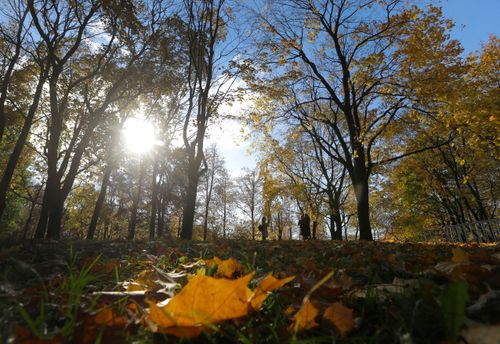

Most of us are familiar with the term “Indian summer”, which refers to a period of sunny, dry autumn weather (especially following a washout summer).
The Met Office Meteorological Glossary, which was published in 1916, defines it as “a warm, calm spell of weather occurring in autumn, especially in October and November”.
The phrase seems to describe our current favourable conditions.
But though they acknowledge the term, The Met Office says they “choose not to use the expression” thanks to the “complicated and unclear history of the exact origins of the phrase”.
So, where did we get the term?
The first recorded use of the term “Indian summer” was found in a letter by French author John De Crevecoeur dated 17 January 1778, in what is now the United States, the BBC says. However, nobody’s definite about when exactly people started using the expression “Indian summer”.
Some speculate it referred to a quiet spell after heavy rain which extended the hunting period for Indigenous Americans.
De Crevecoeur was writing about Mohawk country when he said : “Sometimes the rain is followed by an interval of calm and warm which is called the Indian summer.”
The term “Indians” was historically used to refer to Indigenous Americans, partly because Christopher Colombus thought he’d reached India when he stepped foot on the landmass he’d never heard of.
“Convinced he was correct, Columbus fostered the use of the term Indios (originally, ‘person from the Indus valley’) to refer to the peoples of the so-called New World,” Brittanica’s online encyclopedia adds.
The term “Indian summer,” meaning a late dry spell, reached the UK by the early 1800s, the Met Office says.
It soon caught on.
What did we call ‘Indian summers’ before the 1800s?
The conditions aren’t rare in Britain, so it makes sense we had a different term before “Indian summer” hit our shores.
The Met Office says that people across Europe used to use different variations of the term “Saint Martin’s summer” to describe the weather phenomenon.
That’s not because (as I thought) the saint was associated with giving prisoners second chances, just as the delayed sunshine does to our summer. In fact, “St Martin’s summers” just tended to happen around his saint’s day on 11 November.